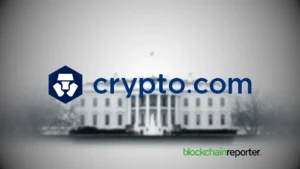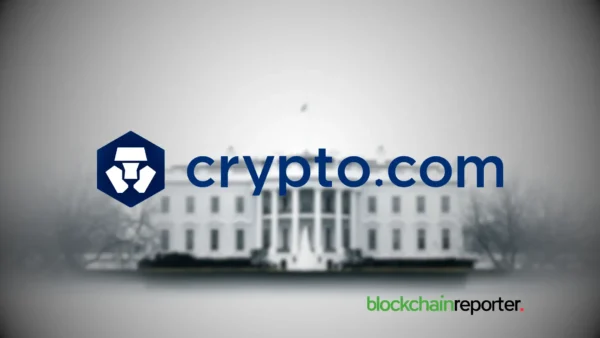
Korean financial authorities and industry experts are developing virtual asset listing rules. These criteria will be revealed in the first half of the upcoming year. As per local Korean media, the new Financial Supervisory Service (FSS) task force focuses on difficult virtual asset listing procedures. Financial authorities, public and private sector participants, and external experts make up the task force. It actively negotiates listing, maintenance, and delisting standards.
Wemix Case Highlights Challenges in Delisting and Relisting of Virtual Assets
The Financial Supervisory Service representative stated that the task force would finish discussions and present its findings to the National Assembly a few months before the July implementation of the Act on the Protection of Users of Most Assets. The official stressed the importance of improving the standard plan under financial authorities and strengthening industry self-regulation.
These regulations were created out of concern for users’ negative experiences and confusion due to the frequent inclusion and exclusion of virtual assets. Virtual asset listings increased in the first half of the year, according to FIU data. There were 169 new listings, up 95 over the second half of the year. During the same period, delistings rose from 78 to 115.
The intricate process of including, excluding, and re-adding digital assets has caused disagreements, as in the Wemix case. Last December, the Domestic Virtual Currency Exchange Association (DAXA) delisted Wemix for distribution volume disclosure violations. However, Coinone, the third-largest company in the market, unilaterally relisted Wemix in February. DAXA then developed a self-regulatory relisting strategy, and Gopax, Korea’s fifth-largest cryptocurrency exchange, listed Wemix early this month. In response, DAXA suspended Gopax’s voting privileges for three months and warned of self-regulatory violations.
Industry Expert Criticises DAXA’s Inefficiency in Transaction Support Self-Regulation
An industry expert says DAXA’s transaction support for self-regulation is inefficient. The statement also emphasised that these restrictions will be more binding because they coincide with the Virtual Asset User Protection Act.
These standards represent a collaborative effort to improve virtual asset market openness, consistency, and user protection. Financial authorities and industry stakeholders must work together to create a regulatory environment that encourages responsible behaviour and protects consumers and investors. The new rules will optimise virtual asset inclusion and removal, improving ecosystem resilience and transparency.








